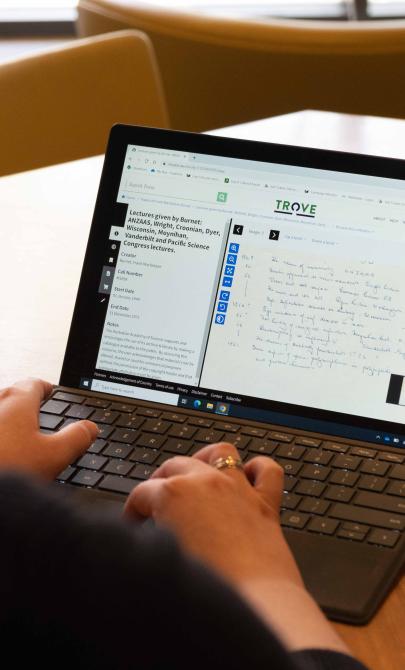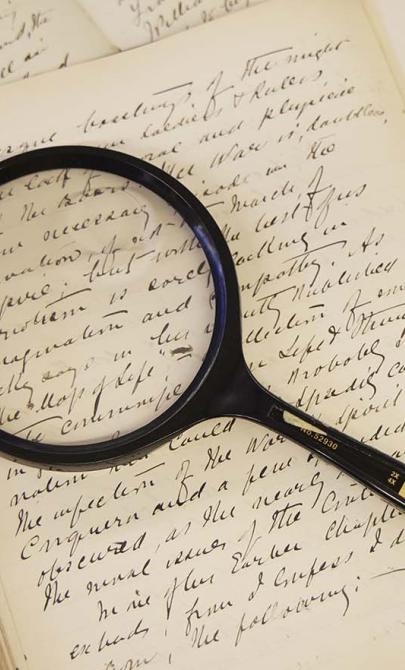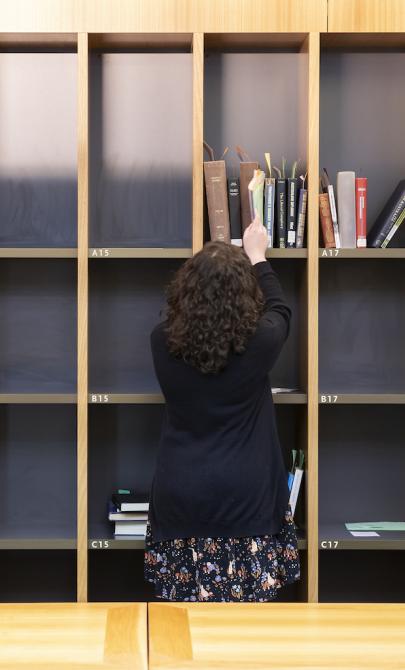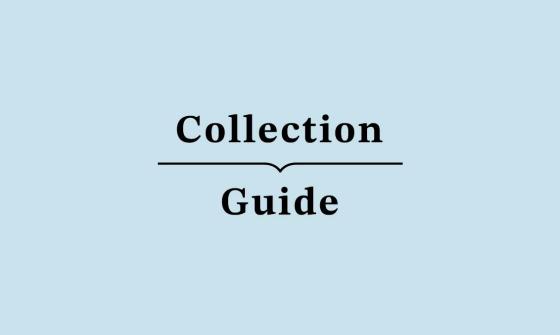Power Collection
Key items in the collection
Highlights from this collection demonstrate its historical significance and variety.
The Power Collection has ten stencil prints (pochoir) of Pierrot et Arlequin and Guitare paintings by Picasso. They are numbered 50/100 and are signed by Picasso.
There are 54 sketchbooks of John Power, containing sketches in:
- pencil
- pen and ink
- crayon
- occasional watercolour.
They are mostly undated, but the earliest dates from 1921 and the latest from 1939. Many of them contain figure studies and cubist studies, while there are also scenes of:
- London
- Bournemouth
- Plymouth
- Norwich
- Bristol
- Ireland
- Paris
- Avignon
- La Rochelle
- Hyères
- Bruges
- Brussels
- Switzerland
- India
- South Africa.
There are also 10 individual sketches. The earliest sketch, dated 1903, is of the Snowy River.
There is a small group of personal papers of Power, consisting of:
- some notebooks
- a manuscript on Paul Kee and other fragments
- an album of photographs of art works
- reviews of paintings exhibited by Power (1923–1926)
- the catalogue of an exhibition of his works at the Newcastle City Art Gallery (1963).
The Power Collection contains 262 books, mostly in English, relating to art and architecture. It is broad in scope, covering such subjects as:
- the history of art
- primitive art
- Greek sculptures
- Asian paintings and sculptures
- Byzantine art
- Renaissance art
- English and French architecture
- modernism
- abstract art
- cubism
- costume
- theatre design
- art theory.
There are books on many individual artists including:
- Giorgio De Chirico
- Paul Gaugin
- El Greco
- Katsushika Hokusai
- Paul Klee
- Fernand Leger
- Henry Moore
- Paul Nash
- Pablo Picasso
- Peter Paul Rubens
- Paolo Ucello.
About John Power
John Joseph Wardell Power (1881–1943) was born in Sydney and educated at Sydney Grammar School and the University of Sydney, graduating in Medicine in 1905.
He inherited a considerable fortune on the death of his father in 1906. He practised as a doctor in London for several years and in 1917–1918 served in the Royal Army Medical Corps.
Transition to art and influences
After World War I, Power abandoned medicine and instead studied art in Paris. He was strongly influenced by cubism and closely associated with leading French artists, although he only occasionally exhibited paintings.
Power was interested in proportion theory and wrote Eléments de la construction picturale (1932).
He lived in London, Paris, Brussels, Bournemouth and in his last years on the island of Jersey. He left most of his estate to the University of Sydney, which used the funds to establish the Power Institute of Fine Arts.
Connection to Picasso and art collection
Power was acquainted with Pablo Picasso in Paris in the 1920s and in about 1931 he bought from Picasso 10 signed prints.
After Power's death, the prints and his collection of art books passed to his widow, Edith Power, who continued to live on Jersey. She died in 1961 and bequeathed them to her niece, Ida Gertrude Traill (1889–1976), who lived in Bathurst.
Background to the collection
The Power Collection was bequeathed to the National Library by Ida Traill and was received in 1977.
The Picasso prints are held in the Pictures Collection. They have been catalogued as a collection. The Power sketchbooks and sketches are also in the Pictures Collection. They have been catalogued at the collection level. A small number of sketches have been digitised.
The personal papers are held in the Manuscripts Collection. They occupy 4 folders. The art books have been catalogued individually and integrated in the general collection. A list of the titles is available.
This guide was prepared using these references:
- ADS Donaldson and Ann Stephen, Abstraction-création: JW Power in Europe, 1921–1938, National Library Magazine, vol 6 (3), Sept 2014, pp 2-6.
- Patricia R McDonald and Samuel Malloy, Miss Traill's house and garden, Bathurst, Sydney, National Trust of Australia, 2006.
- Bernard Smith and Anthony Bradley, Power, John Joseph Wardell (1881–1943), Australian Dictionary of Biography online.




